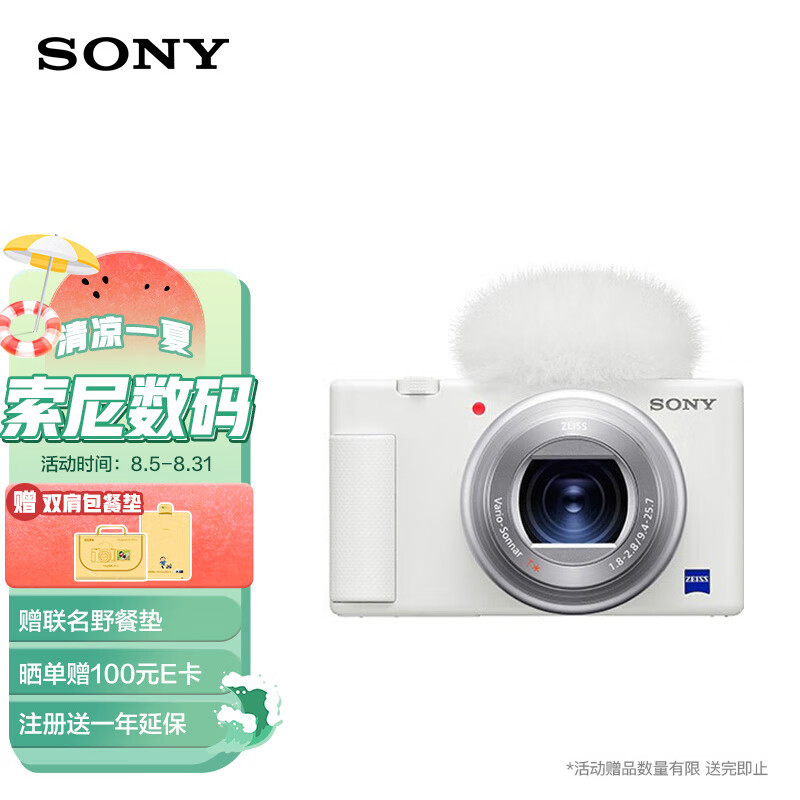Introduction
东江酿豆腐 (Dongjiang stuffed tofu) is a traditional Chinese dish that originated in the Guangdong province. It is a popular delicacy known for its unique flavor and texture. Made from tofu, which is stuffed with a variety of ingredients, Dongjiang stuffed tofu offers a delightful combination of taste and presentation. In this article, we will explore the history, ingredients, preparation, cooking methods, health benefits, and cultural significance of this delectable dish.
History

Dongjiang stuffed tofu has a long history dating back to the Qing Dynasty. It was originally created in the Dongjiang region of Guangdong province, hence the name. The dish was initially served as a royal delicacy and later became popular among the common people. Over the years, it has evolved and adapted to different cooking styles and regional variations, but the essence of the dish remains the same.
Ingredients
The main ingredient of Dongjiang stuffed tofu is tofu, which is a soybean-based product. The tofu is carefully selected to ensure a firm texture that can hold the stuffing. The stuffing can vary depending on personal preference and regional variations. Common ingredients used for stuffing include minced pork, shrimp, mushrooms, vegetables, and various seasonings such as soy sauce, oyster sauce, and sesame oil. These ingredients are mixed together and then stuffed into the tofu pockets.
Preparation
The preparation of Dongjiang stuffed tofu requires skill and precision. First, the tofu is carefully cut into rectangular pockets without breaking them. The stuffing ingredients are then mixed together and seasoned. The tofu pockets are then filled with the stuffing mixture, ensuring that they are evenly distributed. The stuffed tofu is then steamed or deep-fried to perfection. The cooking time and method may vary depending on personal preference and regional variations.
Cooking Methods
There are two main cooking methods for Dongjiang stuffed tofu: steaming and deep-frying. Steaming is a healthier option as it retains the natural flavors and nutrients of the ingredients. The stuffed tofu is placed in a steamer and cooked until the tofu is soft and the stuffing is fully cooked. Deep-frying, on the other hand, gives the dish a crispy texture and enhances the flavors. The stuffed tofu is coated with a thin layer of batter and then deep-fried until golden brown. Both methods result in delicious and satisfying Dongjiang stuffed tofu.
Health Benefits
Dongjiang stuffed tofu is not only delicious but also offers several health benefits. Tofu is a good source of plant-based protein and is low in calories, making it a suitable choice for those looking to maintain a healthy diet. The dish is also rich in essential nutrients such as calcium, iron, and vitamins. The ingredients used for stuffing, such as vegetables and mushrooms, provide additional nutritional value. However, it is important to note that the health benefits may vary depending on the cooking method and ingredients used.
Cultural Significance
Dongjiang stuffed tofu holds cultural significance in the Guangdong province and is often served during festive occasions and family gatherings. The dish represents the artistry and culinary skills of the region. It is also a symbol of hospitality and generosity, as it is often shared among family and friends. Dongjiang stuffed tofu has become an integral part of the local cuisine and is cherished for its cultural heritage.
Conclusion
Dongjiang stuffed tofu is a delightful dish that combines the flavors of tofu and various stuffing ingredients. With its rich history, unique preparation, and cultural significance, it has become a beloved dish in Guangdong cuisine. Whether steamed or deep-fried, Dongjiang stuffed tofu offers a satisfying and flavorful experience. So, next time you have the opportunity, be sure to try this traditional Chinese delicacy and savor the taste of Guangdong.





